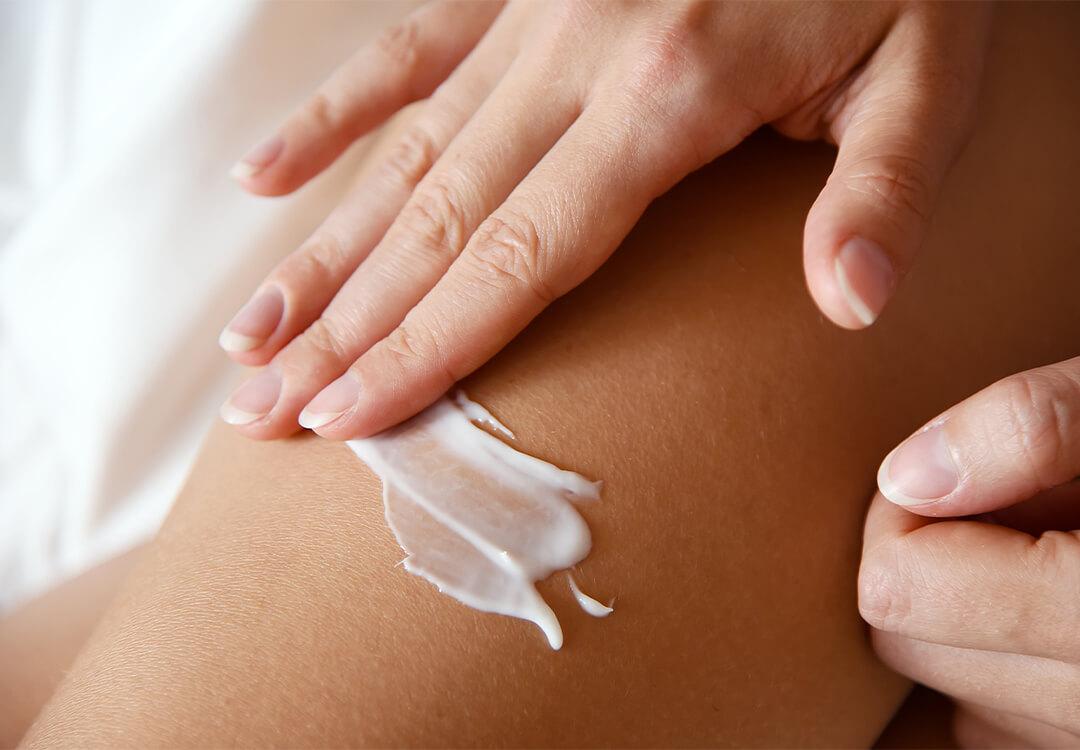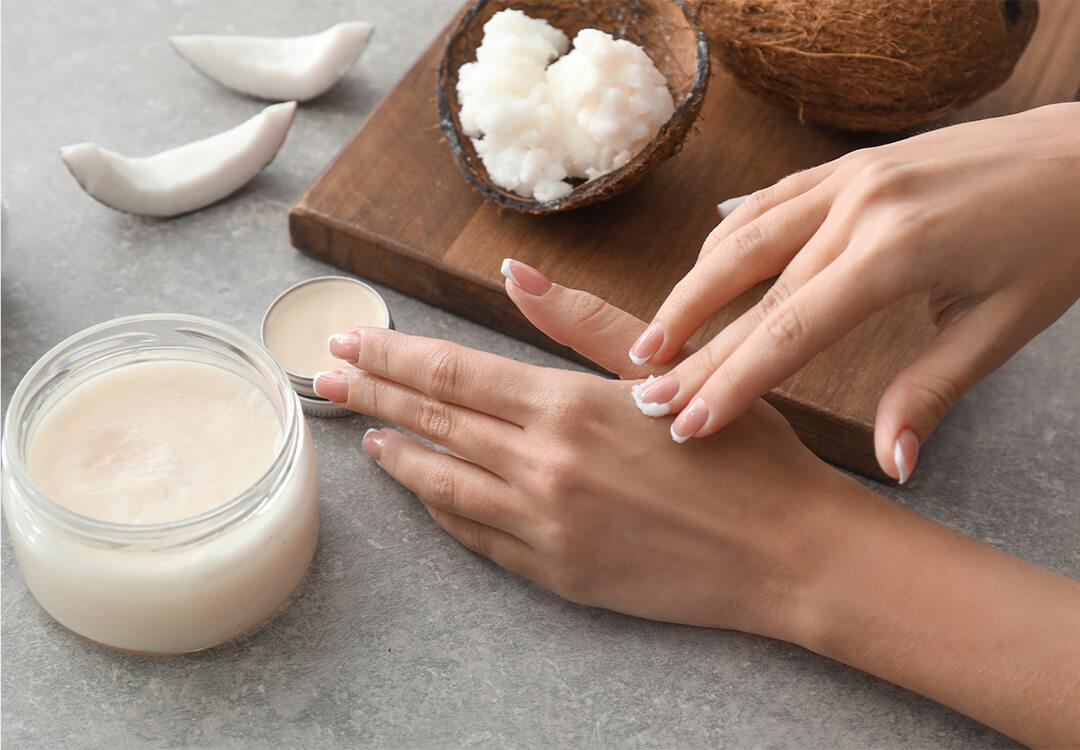How to Treat and Prevent Dry Skin, From Head to Toe



Lindy Segal


Whether it’s on our face, scalp, legs, or lips, dry skin affects pretty much everyone in some way, at some point. In many cases, it’s nothing a little lotion can’t handle, but sometimes we have to bring in the heavier stuff to exfoliate and restore moisture levels. What you may not realize, however, is that there’s a lot we can do to prevent dryness, too. We’re breaking down the most common causes of dry skin, several ways to treat it when it happens, and how to prevent it from occurring in the first place, with expert advice from New York City-based dermatologist and Mohs surgeon Dendy Engelman, MD.


It's about glam time you treated yourself.
First: What causes dry skin?
As you might have suspected, genetics play a role in our skin as a whole, including its texture. But you don’t get it all from your mama. According to Dr. Engelman, climate—low humidity levels, strong wind, dry air, or alternating between cold and hot temperatures—can all contribute to dry skin. Another contributing factor may be not drinking enough water. (As much as we hate to say it, when celebrities say “drinking a lot of water” is their best beauty secret, they may actually be onto something.)
The other main contributing factor to dryness? Believe it or not, your skincare routine. While active ingredients in products such as alcohol, retinol, or benzoyl peroxide help with concerns like acne and fine lines, they can also dry out your skin. If your skin gets to the point of peeling or irritation, “avoid harsh soaps with fragrances, retinol, strong AHAs and BHAs like glycolic acid and salicylic acid that can further irritate the skin by drying it out,” advises Dr. Engelman.
How to get rid of dry skin, 7 different ways


1. Use a moisturizer specifically made for dry skin.
When you have dry skin, a run-of-the-mill daily moisturizer probably won’t cut it. The best moisturizers for dry skin have a few important things in common: They feature some combination of humectants, emollients, and occlusives. Drawing a blank? Time for a skincare vocabulary lesson: “Humectants are ingredients or products that help the skin retain moisture,” explains Dr. Engelman. “Hyaluronic acid is a humectant, as it binds to water molecules.” Then there are emollients. “Emollients help soften the skin,” she says. “In terms of ingredients, we are looking for products that contain shea butter, cocoa butter, or oils.” Finally, we have the occlusives. “Occlusives are designed to prevent water loss; in medicine we use them in wound dressings to provide optimal habitat for healing and prevent bacterial contamination,” explains Dr. Engelman. “Glycerin serves as an occlusive barrier to prevent water lost in the skin.” The combination of all three is the secret sauce to what composes an effective moisturizer, especially one that treats dry skin.
To get the most out of your moisturizer—and all of your products—be sure to apply them in the correct order. “Just like you layer thin, quality pieces to keep warm, the same should be done for skincare products,” says Dr. Engelman. “Start with the products that have the lightest consistency, and finish with the thickest creams,” she advises.
2. Avoid hot baths or showers.
Those luxurious hot showers and bubble baths may feel great in the moment, but they may be wreaking havoc on your skin after the fact. Hot water draws out moisture, and can also strip away skin’s natural oils—two factors that contribute to dehydrated skin. Shower with warm (or even lukewarm) water for more gentle cleansing, especially if you have any skin conditions like eczema or psoriasis. You can curb moisture loss with lotion, too. “Applying moisturizer immediately after showering or cleansing allows the product to trap some of the water on your skin, keeping it from evaporating,” explains Dr. Engelman. “This is where an occlusive, like glycerin, will be beneficial.”


3. Try applying coconut oil.
One of the most effective emollients is the eternally popular coconut oil. The all-natural oil doesn’t just smell like a vacation in a jar—it also makes a great moisturizer for everything from lips to elbows. It’s not all hype, either: Coconut oil’s unique composition of skin-loving fatty acids and antimicrobial properties make it multipurpose in the truest sense. One important factor to keep in mind: It is known to have comedogenic—a.k.a. pore-clogging—properties, so you’re better off applying it to your body or lips than to your face, especially if you’re acne-prone.
4. Dry lips? Don’t forget lip balm.
Arguably the most common area for dry skin to occur is your lips. Because your pout doesn’t have oil glands, it can’t self-hydrate (nor can it get acne, bless the skincare gods). If you don’t already, keep a lip balm in every pocket, glove compartment, and drawer to combat chapped lips anytime, anywhere. The best lip balms are full of emollients like shea butter and avocado oil—which help nourish, protect, and smooth lips. Skip anything with menthol or heavy fragrances as they may actually be more drying the more you use them. And don’t forget to drink tons of water; dry lips are often a sign of dehydration, too.
5. Exfoliate regularly.
Exfoliating doesn’t just give you smooth skin, it also makes all those moisturizing products more effective. “A buildup of dry skin can create a barrier that prevents your skin from absorbing hydration, moisture and nutrients,” explains Dr. Engelman. It is possible (and surprisingly common) to over-exfoliate, so be sure to determine the right way to exfoliate for your skin type. For instance, when it comes to exfoliating your face, a chemical exfoliant may be both more gentle and effective. Unlike physical exfoliants like beads and sugars—which can sometimes exacerbate flaking—chemical exfoliants such as alpha hydroxy acids and beta hydroxy acids work by loosening the bonds that hold dead skin cells together, sweeping them away when you cleanse them off.
Although our faces tend to be more sensitive when it comes to exfoliation, the skin on our legs is thicker and more resilient, so it can generally handle a little more scrubbing. If things are looking a little scaly, add some leg exfoliation to your routine. From body scrubs to dry brushing and rich body creams, it’s like giving yourself an at-home spa day.
Often, where there’s dry skin, there tends to be dry scalp as well. In addition to flakes, a dry scalp can lead to itching, excess oil, and other unpleasant effects. The good news is there are more products devoted to scalp health than ever. By incorporating a few scalp-exfoliating steps to your hair care routine, you’ll be well on your way to a healthier scalp—and as a result, healthier hair.
6. Avoid irritating clothes or detergent.
That cute, cheap top that gives you dry, itchy skin every time you wear it? Yeah, your skin is trying to tell you something. Look for natural fabrics like organic cotton, silk, and linen, which are more breathable and tend to contain fewer chemicals. If you really can’t part with the poly blend, try swapping your detergent first. Harsh, heavily scented soaps can cause contact dermatitis—a.k.a. the red, itchy rash we’ve all had at some point or another—on sensitive or dry skin. Instead, look for hypoallergenic detergents, which are free of dyes and tend to have more mild (or nonexistent) fragrances.
7. Use a cleanser made for dry skin.
Finding a cleanser that effectively washes the face without stripping away skin’s natural oils is a tricky balance. The best cleansers for dry skin strike that balance well, and contain many of the same ingredients you’d find in a moisturizer, like hyaluronic acid, ceramides, and glycerin. Once you land on a cleanser your skin loves, your serums, moisturizer, and other skincare products should all be more effective too.
Dry skin can be a head-to-toe concern, but it’s also a highly solvable one. Whether you’re fighting flakes or treating chapped lips, be sure to look for hydrating products with effective ingredients and exfoliate (but not too much!). Ultimately, treating dry skin all comes down to one thing, according to Dr. Engelman. “Moisturizing is key: The more pliable and moisturized skin is, the less it will be prone to crack and itch.”
Want in on all the Glam Bag fun? Take our Beauty Quiz now to get started. And don’t forget to check us out on Instagram and Twitter @IPSY.
Liked this post? Share!
Related Stories


Skin
How to Adjust Your Skincare Routine for Mature Skin in the Winter
Published on Dec 4, 2025 • 7 min read


Skin
Meet the Best Moisturizers for Winter, According to Dermatologists
Published on Dec 1, 2025 • 9 min read


Skin
What Is Inflammaging—and Why Everyone’s Talking About It
Published on Dec 1, 2025 • 8 min read


Skin
6 Skincare Trends to Have on Your Radar in 2026, According to Experts
Published on Dec 1, 2025 • 7 min read


Skin
We Grabbed Our Crystal Ball and Found These 6 Skincare Predictions for 2025
Published on Dec 10, 2024 • 7 min read


Skin
Simple Self-Care Tips That Actually Make a Difference
Published on Nov 13, 2025 • 12 min read


Skin
These 9 Face Scrubs Will Unlock Soft and Smooth Skin on Contact
Published on Nov 5, 2025 • 10 min read


Skin
10 Thanksgiving Foods That Will Have Your Skin Coming Back for Seconds
Published on Oct 15, 2025 • 7 min read


Beauty Picked Just for You
Get 5 products worth up to $70
Plus exclusive access to epic deals up to 80% off
Starting at just $14/month. Cancel anytime.